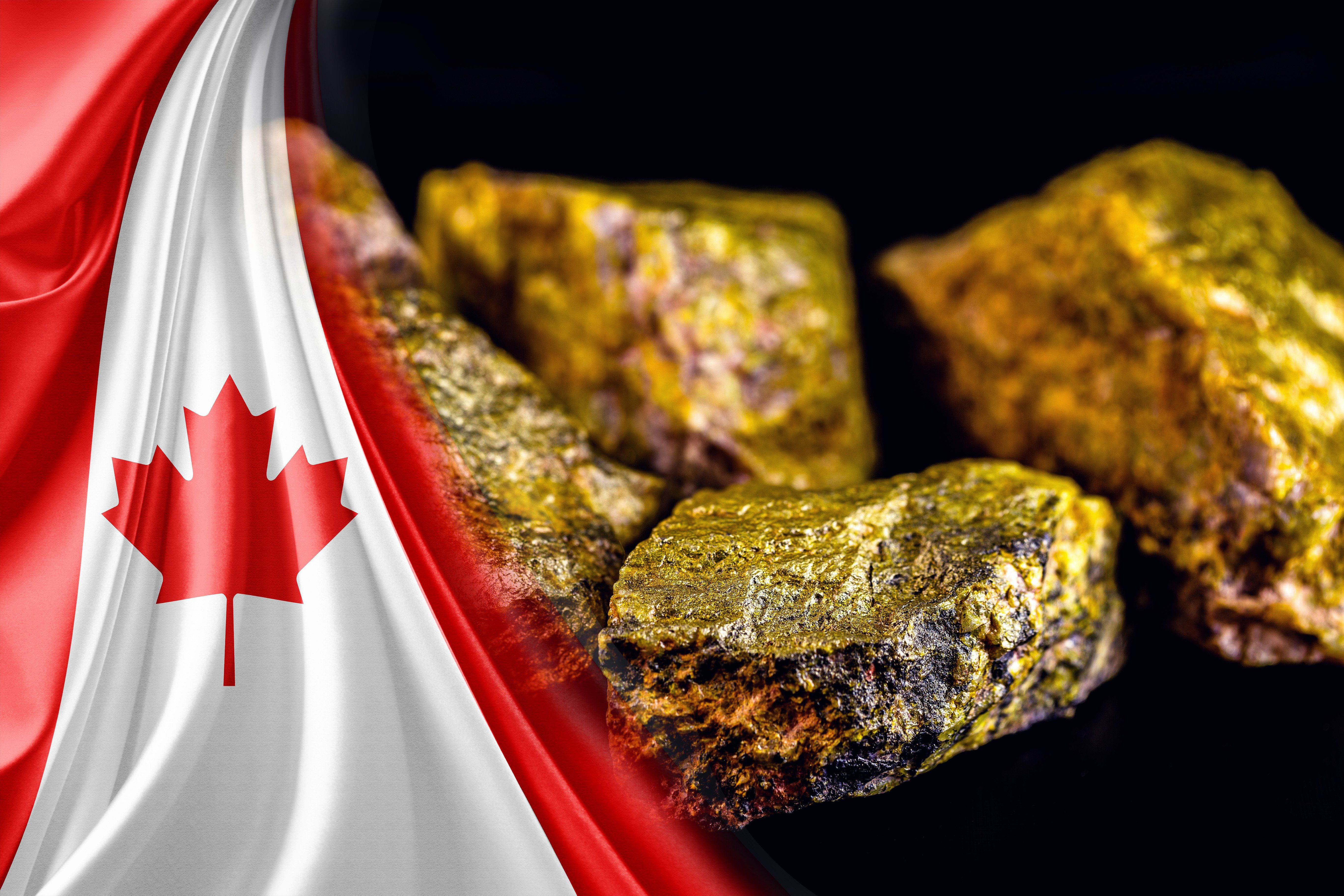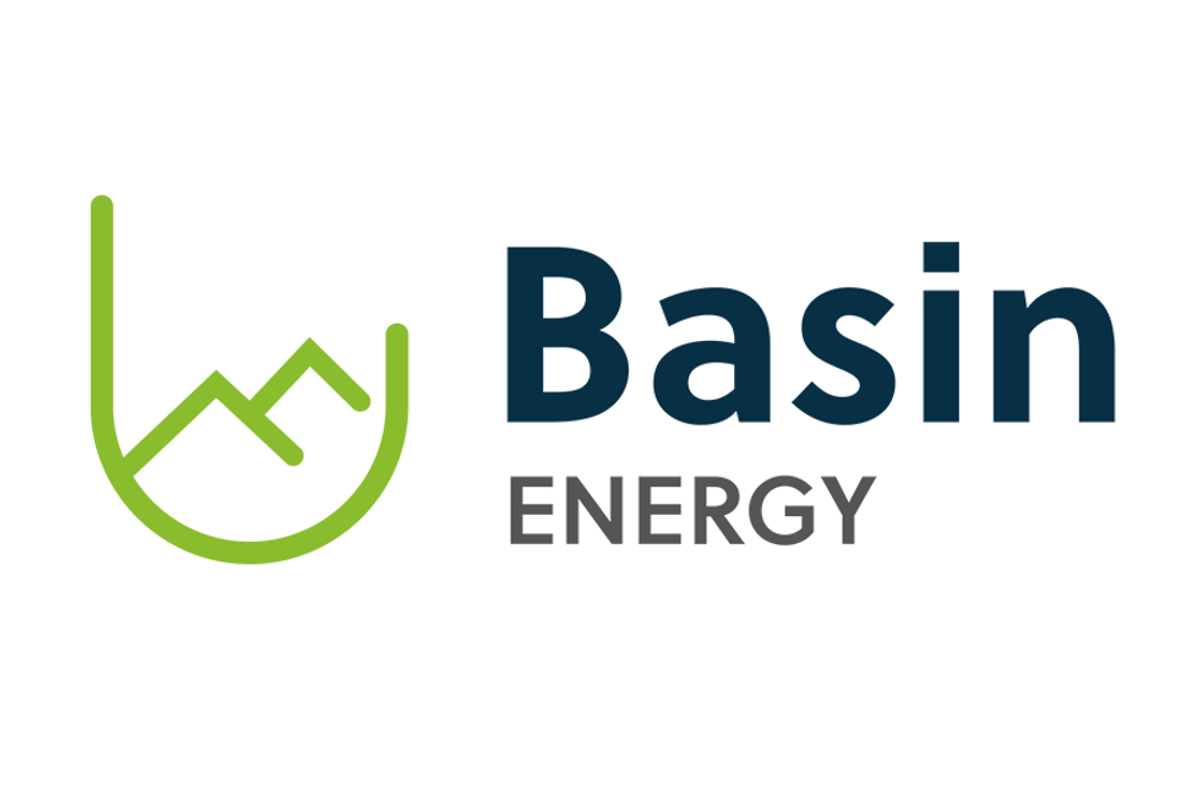Ur-Energy Inc. (NYSE American:URG) (TSX:URE) (the "Company" or "Ur-Energy") announces the results of the Company's Annual and Special Meeting of Shareholders held June 3, 2021, including the election of Directors
Each of the nominee Directors listed in the Company's management proxy circular dated April 21, 2021 was elected as a Director. The Company received proxies with regard to voting on the seven Directors nominated for election, as follows:
Nominee | Votes For | % | Votes Withheld | % |
Jeffrey T. Klenda | 45,295,201 | 99.49 | 232,575 | 0.51 |
James M. Franklin | 41,311,952 | 90.74 | 4,215,824 | 9.26 |
W. William Boberg | 37,468,013 | 82.30 | 8,059,763 | 17.70 |
Thomas Parker | 45,288,157 | 99.47 | 239,619 | 0.53 |
Gary C. Huber | 41,369,040 | 90.87 | 4,158,736 | 9.13 |
Kathy E. Walker | 45,326,030 | 99.56 | 201,746 | 0.44 |
Rob Chang | 41,379,041 | 90.89 | 4,148,735 | 9.11 |
Additionally, there were 49,854,083, non-votes in the election.
The Company's independent auditors PricewaterhouseCoopers LLP were reappointed by the Shareholders, and the Directors of the Company were authorized to fix the remuneration of the auditors.
The "say on pay" vote to approve executive compensation was approved with 80.44% of the votes cast voting for the non-binding advisory vote.
Amendments to the Amended and Restated Restricted Share Unit and Equity Incentive Plan of the Company were approved by a majority of the votes represented (78.08%), after the exclusion of votes held by certain insiders and their affiliates.
About Ur-Energy
Ur-Energy is a uranium mining company operating the Lost Creek in-situ recovery uranium facility in south-central Wyoming. We have produced, packaged, and shipped approximately 2.6 million pounds from Lost Creek since the commencement of operations. Ur-Energy now has all major permits and authorizations to begin construction at Shirley Basin, the Company's second in situ recovery uranium facility in Wyoming and is in the process of obtaining remaining amendments to Lost Creek authorizations for expansion of Lost Creek. Ur‑Energy is engaged in uranium mining, recovery and processing activities, including the acquisition, exploration, development, and operation of uranium mineral properties in the United States. The primary trading market for Ur‑Energy's common shares is on the NYSE American under the symbol "URG." Ur‑Energy's common shares also trade on the Toronto Stock Exchange under the symbol "URE." Ur-Energy's corporate office is located in Littleton, Colorado and its registered office is located in Ottawa, Ontario. Ur-Energy's website is www.ur-energy.com.
FOR FURTHER INFORMATION, PLEASE CONTACT
Jeffrey Klenda, Chairman and CEO
866.981.4588
Jeff.Klenda@Ur-Energy.com
SOURCE: Ur-Energy Inc.
View source version on accesswire.com:
https://www.accesswire.com/650438/Ur-Energy-Reports-Results-of-Annual-and-Special-Shareholders-Meeting






